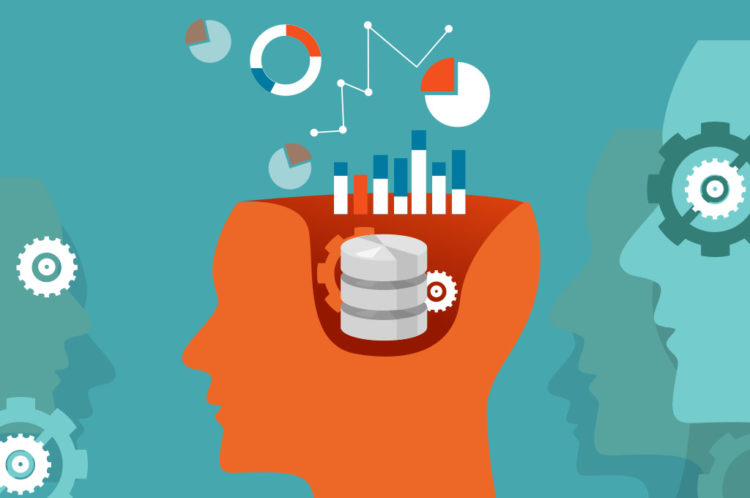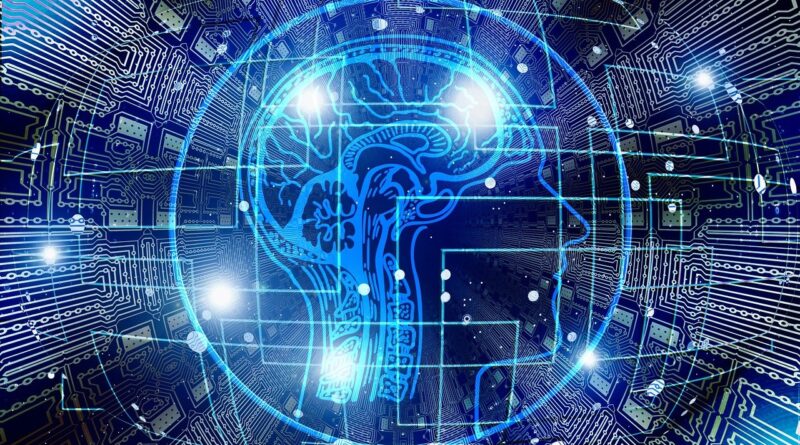The 6 most important skills for Data Science
Data science is a collective group of various machine learning algorithms, tools, and principles that work in unison to extract hidden patterns from raw data. It requires a diverse set of skills and requires knowledge of aspects of mathematics, science, communication, and business. By honing a diverse set of skills, data scientists gain the ability to analyze numbers and influence decisions.
The central goal of data science skills is to bridge the gap between numbers and actions by using information to affect real-world decisions. This demands excellent communication skills along with an understanding of the difference between data science and big data analytics and business recommendations.

Data Visualization
Probably one of the main responsibilities of a data scientist is to make the data as presentable as possible so that users gain a better understanding of the raw data and get the desired information from it. Visualizations are important in the first place because they guide the thinking process of the people who see them for a more detailed analysis. They are used to create powerful data stories that communicate a comprehensive set of information in a systematic format so that audiences can extract meaning and spot problem areas to propose solutions.
Without data visualization tools, it would be virtually impossible to implement changes or address desired issues. Today, there are many data visualization tools to choose from. In most programming languages, you will find libraries that allow data visualization. In JavaScript, data can be visualized using the D3.js visualization library, Python uses Matplotlib and pandas, while R offers many data visualization tools, including ggplot2.
Tableau is the most trending high-end platform that offers incredible data visualization options by pulling data from many different sources.
Data Cleaning
Data often comes from a variety of sources and needs reworking in order to derive informative insights. It is important that the data is free of imperfections such as inconsistent formatting, missing values, etc. Data manipulation allows you to bring the data to a uniform level that can be processed more easily. Obviously, for a data scientist to use data in the best way, it is important to possess the knowledge of how to organize clean data from unmanageable raw data.
Programming Languages and Software
Data scientists handle raw data that comes from a variety of sources and in different formats. Such data is full of misspellings, duplications, misinformation, and incorrect formats that can confuse your results. To properly present data, it is important to extract data, clean it, analyze it, and visualize it. Here are six widely used tools that are highly recommended for data scientists:
- A : R is a programming language that is widely used for data visualization, statistical analysis, and predictive modeling. It has been around for many years and has contributed greatly to data analysts with its huge network (CRAN) which provides a complete package that enables analysts to perform various tasks related to data.
- Python : Python was not initially considered a data analysis tool. The pandas Python library enables vectorized processing operations and efficient data storage. This high-level programming language is fast, easy to use, easy to learn, and powerful. It has been used for general programming purposes for a long time, and thus allows easy fusion of general-purpose code and Python data processing.
- Tableau : Recently emerged as an amazing data visualization tool, Tableau, a Seattle-based software company, offers a unique set of high-end products that surpass scientific resources like R and Python. Although Tableau lacks maximum efficiency in data reshaping and cleansing and offers no options for procedural calculations or offline algorithms, it is increasingly becoming a popular tool for data analysis and visualizations due to its highly interactive interface. and its efficiency in creating dynamic and attractive dashboards. .
- SQL : Structured Query Language (SQL) is a special-purpose programming language that allows you to extract and curate data found in relational database management systems. SQL allows users to write queries, insert data, update, modify, and delete data. Although all of this can also be done using R and Python, writing SQL code produces more efficient output and provides reproducible scripts.
- Hadoop : Hadoop, an open source software framework that encourages distributed processing of large amounts of data sets using simple algorithms from large groups of computers. Hadoop is used primarily in industries due to its immense computing power, fault tolerance, flexibility, and scalability. It allows programming models like MapReduce that allow the processing of large amounts of data.
Statistics
Although there are many automated statistical tests built into the software, a data scientist must possess a rational statistical sensitivity to apply the most relevant test to make result-oriented interpretations. Solid knowledge of linear algebra and multivariate calculus helps data scientists create analysis routines as needed.
Data scientists are expected to understand linear regression, exponential and logarithmic relationships, and at the same time know how to use complex techniques such as neural networks. Most statistical functions are performed by computers in minutes, however understanding the basics is essential to unlocking the full potential. An important task of data scientists is to get the desired result from computers, and this can be done by asking the right questions and learning how to get computers to answer them. Computer science is supported in many ways by mathematics, and therefore
Artificial Intelligence and Machine Learning
AI is the hottest topic today. It powers machines by providing intelligence in the real sense to minimize manual intervention to extreme levels. Machine learning works with automated algorithms to obtain rules and analyze data, and is used primarily in search engine optimizations, data mining, medical diagnostics, market analysis, and many other areas. Understanding the concepts of artificial intelligence and machine learning for beginners plays a vital role in learning the needs of the industry, and thus is at the forefront of the data science skills that a data scientist must possess.
Microsoft Excel
Even before any of the modern data analysis tools existed, MS-Excel had been there. It is probably the oldest and most popular data tool.
Although there are now multiple options to replace MS-Excel, Excel has been proven to offer some truly amazing benefits over others. It allows you to name and create ranges, sort / filter / manage data, create dynamic charts, clean data, and search for certain data among millions of records. So even though it may feel like MS-Excel is out of date, let me tell you it is not at all. Non-technical people still prefer to use Excel as their sole source for data storage and management. It is an important prerequisite for data scientists to have a thorough understanding of Microsoft Excel to be able to connect to the data source and efficiently select data in the desired format.



